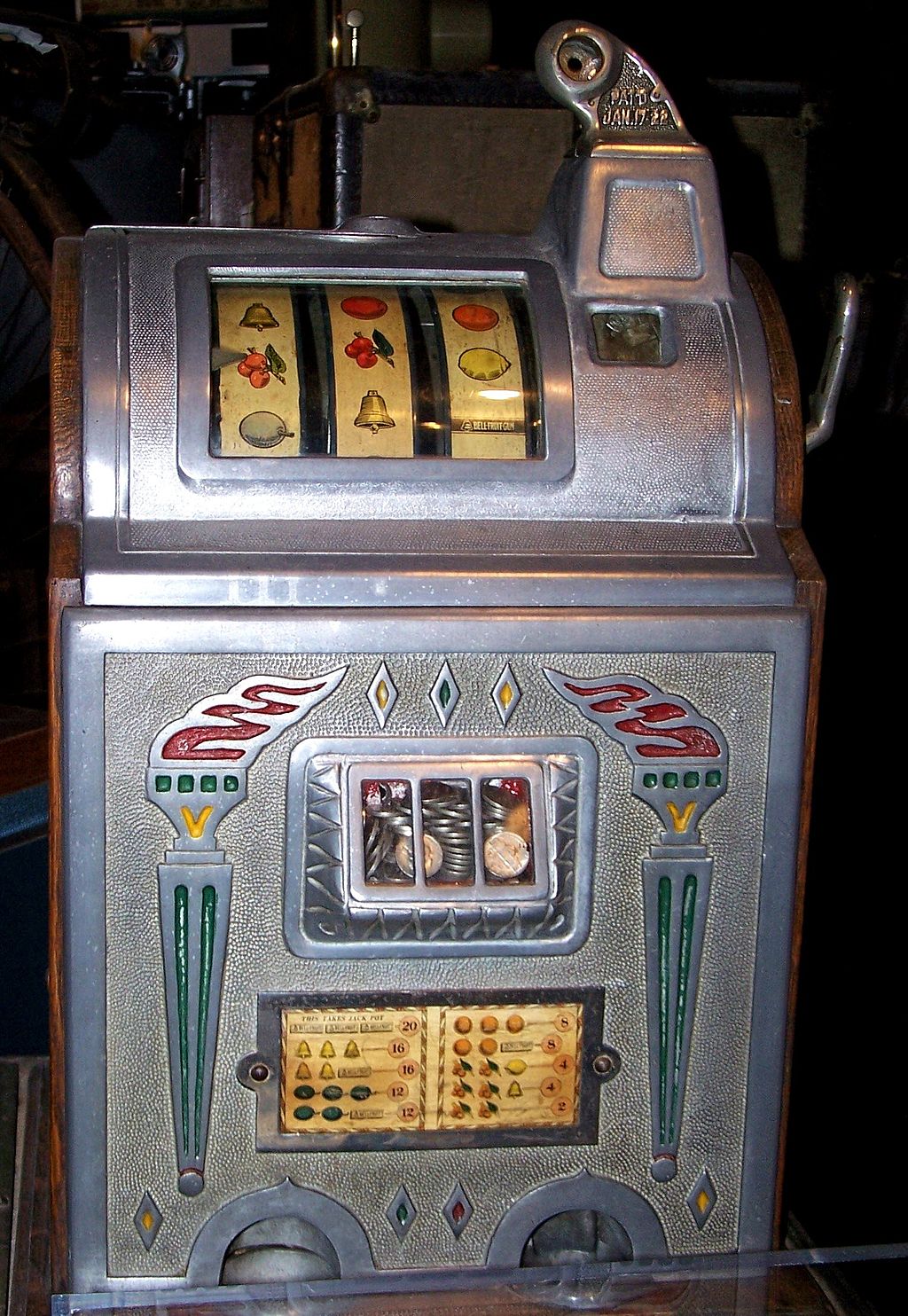The History of Slot Machines
Slot machines are such a common fixture in casinos that most never stop to consider that such a mundane machine could possibly have such an interesting history. However, from its early days as a complicated mix of gears and mechanical levers, to the modern video machines that are nothing short of a visual assault on the senses, the history of this casino game is one that is very interesting indeed.
Charles Fey, the father of the slot machine
While slot machines as we know them today were preceded by a similar machine that made five card poker hands (Sittsman and Pitt in 1891), it is Charles Fey that made the first slots in 1895. With three spinning reels with five icons each (horseshoes, bells, spades, hearts and diamonds), the simple premise of having three of the same type line up to give out an automatic payment allowed Fey’s machine to surge in popularity, which cemented its place in gambling history.
Cherries and plums and lemons (oh my!)
As the popularity of slot machines intensified throughout the early 20th century, their design also changed as more manufacturers entered the fray. One of these changes include the addition of the familiar fruits that are ubiquitous in many slots in the present day, as well as additional reels to increase potential jackpot payouts.
The dawn of the electric age
After the turmoil of two world wars began to settle down, the electrification of many aspects of society began in earnest, spreading to the gaming industry in 1963 with the introduction of Money Honey. Replacing the levers and springs that were prone to breakdown after a number of years in operation, the electric aspects of this machine only elevated the slot machine’s popularity, giving it flashing lights, exciting sounds, and a payout structure that allowed for greater jackpots without having to get an attendant involved.
Video slots emerge on the scene
Technological progress throughout the latter half of the 20th century continued to push innovation, as 1976, with the Fortune Coin Company, which enabled graphics based gaming transmitted in real living color to a 19” Sony Trinitron monitor. While the games back then might appear quaint to those in the present day, it set the table for the next leap forward in the history of slot machines…
3D slots: the next generation
The latest advances in display technology have allowed viewers to see three dimensional imagery without having to don the goofy looking glasses that has held back the growth of this medium – until just recently. The technology on online games with 3D slots is truly state of the art, leading to a playing experience that will keep slot players coming back for more.





